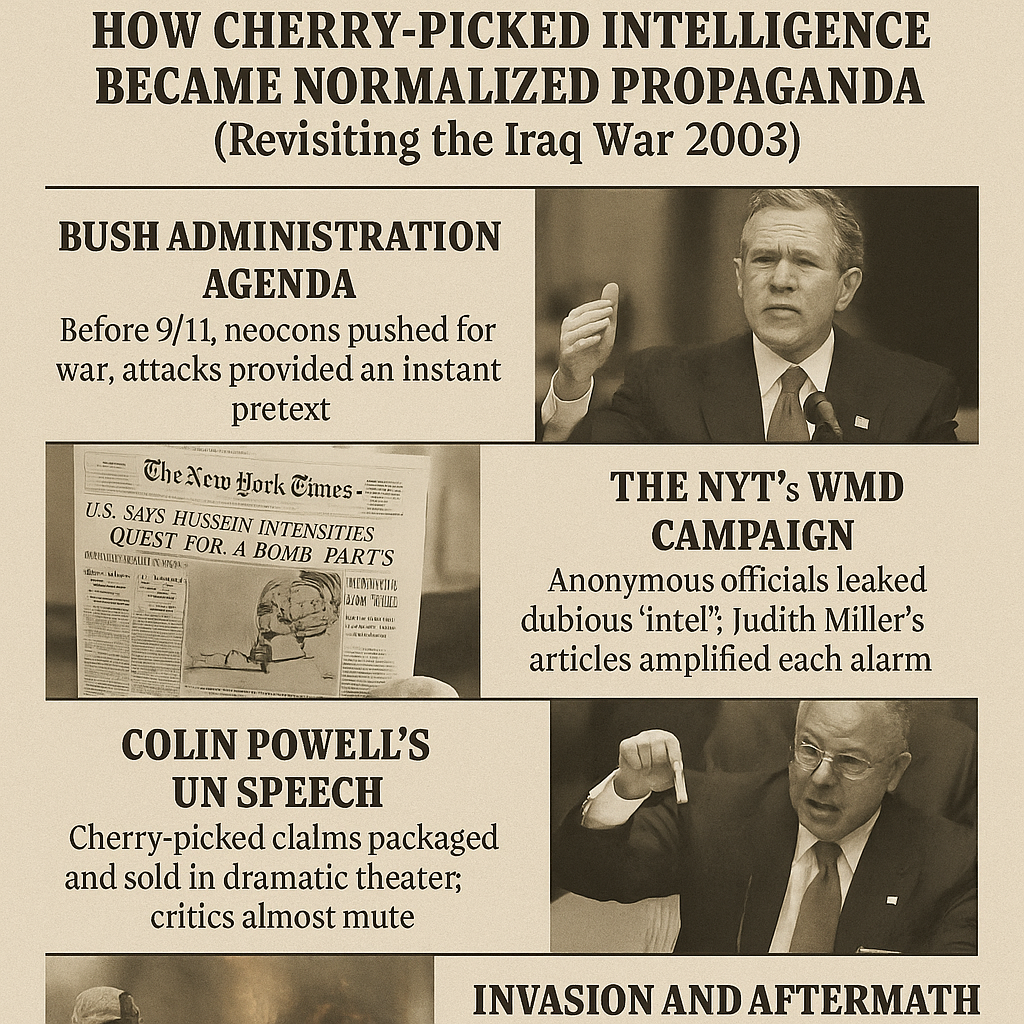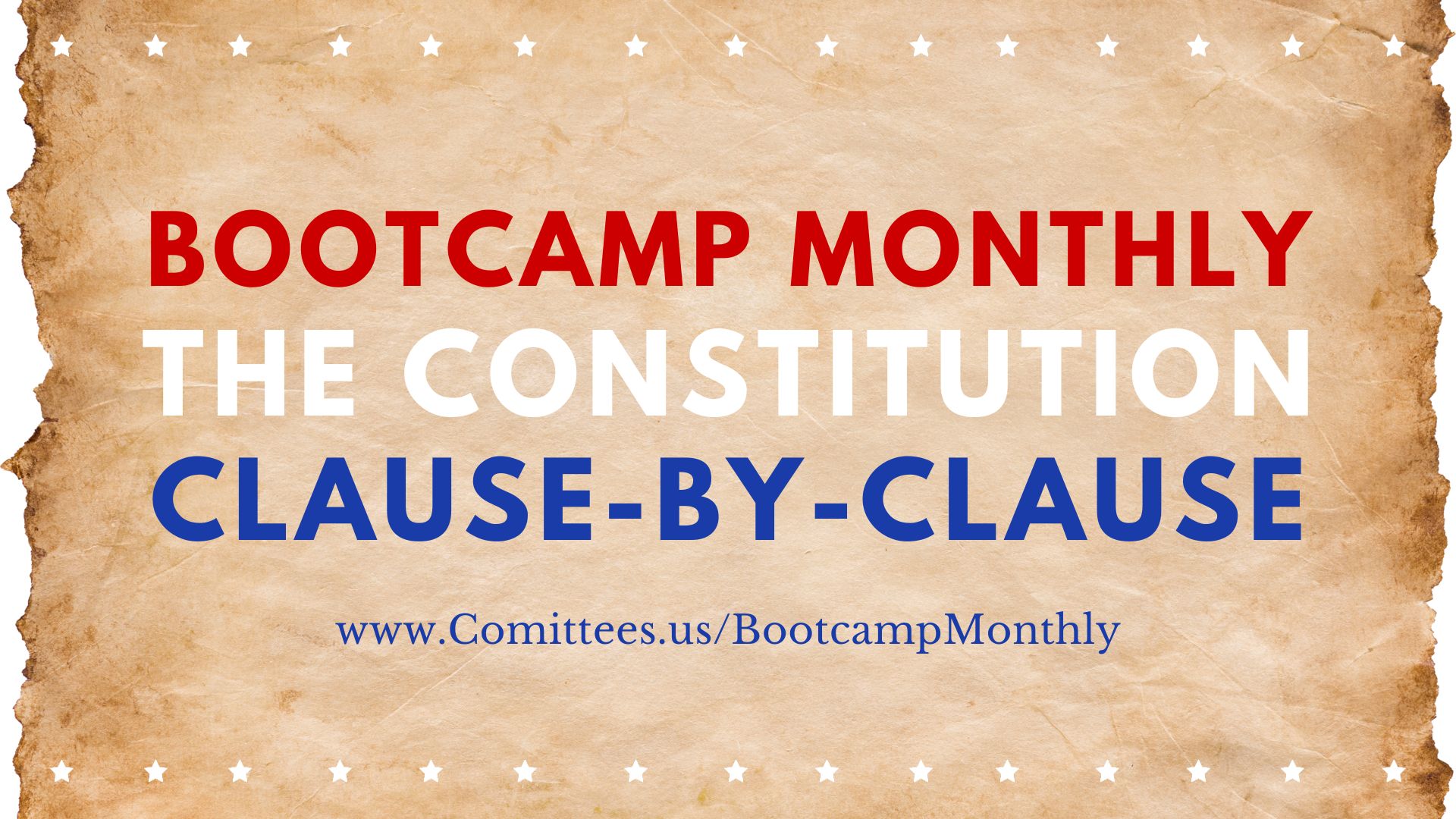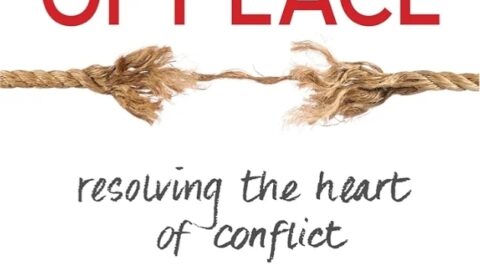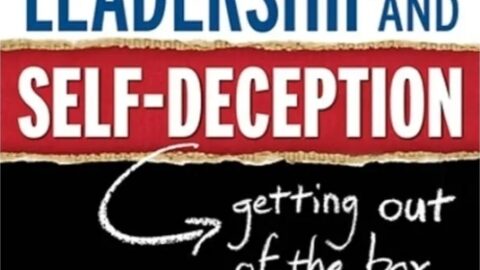Introduction
When the U.S. launched its “Shock and Awe” campaign in Iraq, much of the press echoed government talking points instead of interrogating them. What we now know is that intelligence was cherry-picked, laundered through select reporters, and used to sell a war that had already been decided. At the time, it looked like a failure of journalism. In hindsight, it was the start of a systemic pattern—one that has since become normalized.
The Playbook of Spoonfeeding
The Iraq War revealed a cynical playbook that has not disappeared:
- Decision First, Evidence Later
Policy makers determined the course of action (invade Iraq), then sifted through intelligence to find any scraps that supported the case, no matter how dubious. - Curated Narratives
Doubtful claims—about aluminum tubes, yellowcake uranium, or “mobile biolabs”—were stripped of caveats and handed to journalists hungry for access. - Prestige Laundering
These shaky assertions appeared on the front pages of The New York Times and The Washington Post, then were cited back by officials as “evidence” on Sunday talk shows. - Euphemisms and Framing
Language softened the edges: “grave and gathering danger,” “collateral damage,” “enhanced interrogation.” Words shaped reality before facts could. - Manufactured Consensus
By the time corrections or dissenting voices appeared—often buried deep in the paper—the narrative had already hardened into inevitability.
The Overton Window Shift
This process didn’t just justify one war—it moved the Overton window.
- Before 2001, preemptive war, warrantless surveillance, and indefinite detention were radical ideas.
- By 2003, they were treated as reasonable policy options.
- Now, they are part of the furniture of American governance, rarely questioned in mainstream coverage.
The spoonfed narrative doesn’t merely sell wars. It redefines the boundaries of what the public sees as possible, necessary, or “normal.”
Systemic Incentives to Cherry-Pick (Iraq War Edition)
What was once scandalous — selectively quoting anonymous officials, parroting leaks, rushing unverified claims — became routine during Shock and Awe.
Access Journalism
- Embedded Reporters: In 2003, journalists were “embedded” with U.S. troops in Iraq. Access to the battlefield was conditional: those who showed the military in a positive light kept their access; those who questioned strategy or civilian deaths risked being pulled. Result: coverage looked more like promotional reels than independent reporting.
- Powell’s UN Presentation: When Colin Powell presented “evidence” of WMDs at the UN, most outlets amplified his charts and vials without challenge. Why? Because contradicting Powell meant losing direct lines to the State Department and Pentagon briefings.
- Selective Leaks: Pentagon insiders fed favored journalists pre-packaged intelligence (aluminum tubes, mobile weapons labs). Reporters who printed these leaks verbatim were rewarded with more “scoops.” Skeptics were cut off.
Corporate Consolidation
- NYT & WaPo as Gatekeepers: During the run-up, two dominant outlets (the New York Times and Washington Post) echoed intelligence claims on WMDs. Judith Miller’s NYT reporting became infamous for recycling unverified leaks from Iraqi defectors and intelligence officials. Because these few outlets were treated as “authoritative,” their cherry-picked stories set the narrative for smaller outlets downstream.
- Network Incentives: CNN, Fox, and MSNBC — owned by mega-corporations tied to defense contractors and advertisers — had financial interest in not questioning the war effort. Cherry-picking “patriotic” storylines (toppling statues, precision strikes) kept ratings high and advertisers happy, while dissenting voices like Phil Donahue (MSNBC) were sidelined or fired.
- Suppressed Contrarians: Independent voices like Knight Ridder (which ran skeptical pieces about the WMD case) were drowned out because they lacked the corporate megaphone. Their stories proved accurate but were buried under consolidation’s weight.
Speed Over Verification
- Breaking News Pressure: As missiles hit Baghdad, networks rushed to broadcast “live from the battlefield.” Journalists narrated the strikes as though they were fireworks shows. There was no time (or incentive) to verify military claims of “surgical strikes.” Civilian deaths went underreported.
- Curveball’s Testimony: The Iraqi defector codenamed “Curveball” fed claims of mobile bioweapons labs. These were rushed into headlines worldwide before verification. Only later — long after Shock and Awe — was he revealed as unreliable.
- The “Mission Accomplished” Moment: Bush’s carrier speech was covered live and unquestioned. The speed of the photo-op triumphed over deeper investigation of the fact the war was only beginning, not ending.
Costless Error
- “Officials Said” as Armor: Nearly every WMD claim was couched in “according to U.S. officials.” This became liability protection. When WMDs weren’t found, outlets simply published quiet corrections. No reporter lost a career for being wrong, but skeptics were punished for being right too soon.
- Collateral Damage Reports: When U.S. airstrikes killed civilians, official sources claimed they were “legitimate targets” or “enemy combatants.” Outlets printed these lines with little pushback. Later corrections — if they came at all — arrived long after public opinion had hardened.
- No Accountability Loop: The same officials who fed cherry-picked intelligence (Wolfowitz, Rumsfeld, Cheney) faced no journalistic retribution. They returned to Sunday shows and were cited as “experts.” The error was absorbed as background noise, with no systemic cost.
In short: Shock and Awe was not just military doctrine — it was a media doctrine. The U.S. government understood the systemic incentives: give journalists access, spoon-feed selective leaks, rely on speed, and trust that errors would carry no cost. The result was an echo chamber where cherry-picking became the norm, not the exception.
As one observer put it:
“You can paint a piece of shit red, white, and blue — but it’s still a piece of shit.”
This was the patriotic gloss: wrapping lies in the flag to make dissent seem un-American. But another version drove the point even harder:
“You can paint a piece of shit red and stick it in a Shirley Temple — but it’s still a piece of shit.”
That wasn’t just patriotism, but innocence itself being weaponized. The war was sold as wholesome, noble, even childlike in its simplicity: we’re the good guys, they’re the bad guys, freedom is at stake. Like a sweet Shirley Temple drink, easy to swallow. But the sugary coating couldn’t hide the rot underneath — manipulated intelligence, profiteering, and mass destruction.
Together, these images reveal the machinery of cherry-picking: dress lies in colors people trust — patriotism, innocence, urgency — and they’ll swallow anything.
The Knight Ridder Exception
During the Iraq build-up, Knight Ridder’s Washington bureau stood almost alone in questioning the WMD narrative. Their stories, often ignored at the time, were vindicated. But after the war, Knight Ridder was absorbed and dismantled by corporate consolidation. The rare counterexample of true independent reporting was erased, reinforcing the monoculture of compliant journalism.
Today’s Normalization
We see the same patterns recycled today: anonymous “intelligence officials” shape stories about foreign threats, cyberattacks, or interventions abroad. Dissenters are marginalized as fringe, and the illusion of debate persists even as the boundaries of acceptable opinion remain tightly managed. What was once a scandal has become the default operating system of news.
From Shock and Awe (2003):
It showed how mainstream outlets served as megaphones for the Pentagon. Scott Ritter, the former UN weapons inspector who publicly said Iraq had been disarmed, was virtually erased from TV. Meanwhile, generals, ex-officials, and “analysts” — many with ties to defense contractors — were given prime time. The voices that could have slowed the rush to war were sidelined as “unpatriotic.”
Anonymous officials drove the story. Leaks about “mobile weapons labs” and “aluminum tubes for centrifuges” came from intelligence sources unwilling to be named, but carried the weight of fact. When later disproven, retractions were buried. The media’s defense? They were “just reporting what officials said.” This normalized a chain of irresponsibility: officials could lie, journalists could amplify, and nobody would be accountable.
Shock and Awe mocked how absurd claims were normalized. A piece of propaganda could be dressed up in patriotic language and passed off as truth. As the saying went: “Paint a piece of shit red, white, and blue, and it’s still a piece of shit.” Yet it aired on front pages and nightly news, unchallenged.
The Illusion of Debate:
“Shock and Awe” exposed how debate was stage-managed. Anti-war voices were tokenized — a single critic on a panel of the war hawks — creating the appearance of fairness while ensuring the dominant narrative was never seriously threatened. By controlling the frame, media could present war as inevitable, dissent as fringe, and patriotism as conformity.
Recycling Today:
Two decades later, the script is the same. “Anonymous U.S. officials” shape stories on Russian cyberattacks, Iranian nuclear ambitions, or Chinese surveillance balloons. Major networks dutifully repeat claims, with the fine print of uncertainty buried far below the headline. When facts unravel months later, the damage is already baked in. The Shock and Awe it clear: normalization is the real weapon.
Breaking the Loop
To resist this system, both journalists and readers must change their habits. The Shock and Awe show what was missing in 2003 — and what’s still missing today.
Journalists must diversify sources, foreground dissenting evidence, and ban euphemisms.
- In 2002–2003, Scott Ritter — the UN weapons inspector who flatly said Iraq had no WMD — was marginalized. Journalists relying only on government briefings could have balanced their coverage by putting Ritter and other dissenting experts on the front page. Instead, they leaned on “senior administration officials,” ensuring the pro-war narrative dominated.
- Euphemisms like “collateral damage” or “decapitation strike” softened brutality. The transcript mocked how language sanitized death: “Shock and Awe” was a PR slogan designed to sound surgical and patriotic, not horrific. Breaking the loop requires journalists to strip euphemism — to call civilian deaths civilian deaths, not “collateral.”
- A truly independent press would have interrogated leaks about “aluminum tubes” and “mobile labs” instead of uncritically running them. Reporters could have asked: Who benefits if this story is true? Who benefits if it’s false? That skepticism was largely absent.
Readers must demand receipts, follow dissent, and question whose interests are served.
- Shock and Awe show how easily readers were lulled by headlines like “Officials Say Saddam Building Nukes.” Few flipped past page one to find the buried paragraph admitting “the evidence is inconclusive.” Demanding receipts means asking: Where’s the data? Who are these anonymous officials? Why won’t they go on record?
- Following dissent would have meant listening to Ritter, Hans Blix (head of UNMOVIC inspections), or even voices in Europe urging patience. Instead, readers absorbed the patriotic packaging and dismissed dissent as fringe or un-American.
- Questioning interests means noticing how ex-generals on TV were also consultants for defense contractors, whose stocks spiked once bombs dropped. Shock and Awe revealed that much of the “analysis” was bought and paid for, but readers rarely traced the money.
The Shock and Awe warned that unless journalists and citizens break this loop, the system will keep running: officials leak, media amplify, war follows, and corrections come too late. Resisting means demanding more, not just consuming what’s easy.
Conclusion
The great tragedy of “Shock and Awe” is not only the destruction it unleashed abroad but the normalization it cemented at home. The spoon-feeding of cherry-picked intelligence is no longer an exception; it is the rule. Unless we expose and resist this cycle, the Overton window will keep creeping, and propaganda will continue to wear the mask of journalism.






